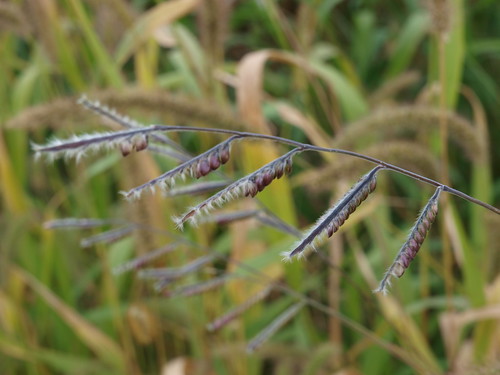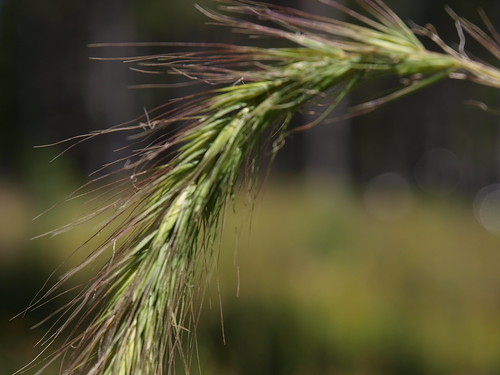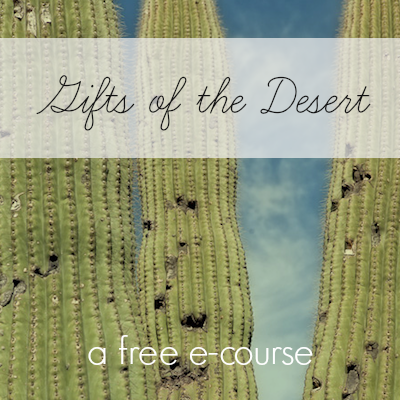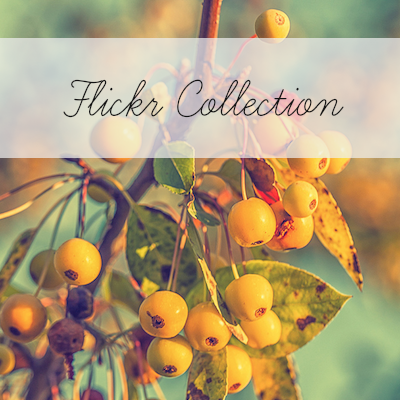Say the word “prairie” and many people visualize Laura Ingalls in her log cabin or rolling wagons crossing open prairie land, the wagons filled with settlers on their way out West in search for a better life. But I’m thinking most really have no idea of what a prairie looks like up close.
Sure, most know there are lots of sunflowers and yellow goldenrod wildflowers and some tall grass, but ever give thought to the hundreds of varieties of grasses that make up the tall grass and short grass prairie lands. Obvious, right?
Well, maybe not so obvious at all. It’s easy to overlook grasses. I mean, it’s just grass, right? So let me show you just how different a few of these grasses really are.
This prairie grass is found in the high prairies in southern Wisconsin and extends to central Wisconsin in fewer numbers. It’s one of my favorite grasses to look for – I love the purply-blue fruits hanging in a row like someone pinned them on a clothesline.
When buffalo roamed the region, this was their main source of food. It’s an easy grass to identify – all those oats are hanging off to one “side”. So it is side oats grama grass. Grama is from gramen, the Latin word meaning grass. 1 1/2 to 3 feet tall.
Before agriculture and tended crops developed, Indian grass was second only to big blue-stem grass as the most important plant in the tall grass prairie, both in its numbers and in its nutritional content.
It is extremely drought resistant because of it’s extensive deep root system – typical of the prairie plants. The frequent prairie fires do not damage these grasses – they are highly adapted to the burns. This grass was one of the taller one, usually standing 6 to 9 feet tall.
This is one of the most important grasses in the tall grass prairie. It acts as a nurse crop for prairie seedlings early in the growing season before it declines as the warm season grasses mature. Canada Wild-rye Grass grows 2 to 5 feet tall and forms a loose sod. Native Americans used the seed for food, as did a multitude of large and small animals.
The grasses had other uses besides as food.They were used as fuels, and also the fibers were woven into mats for internal walls in small cabins, window coverings, and floor coverings.












